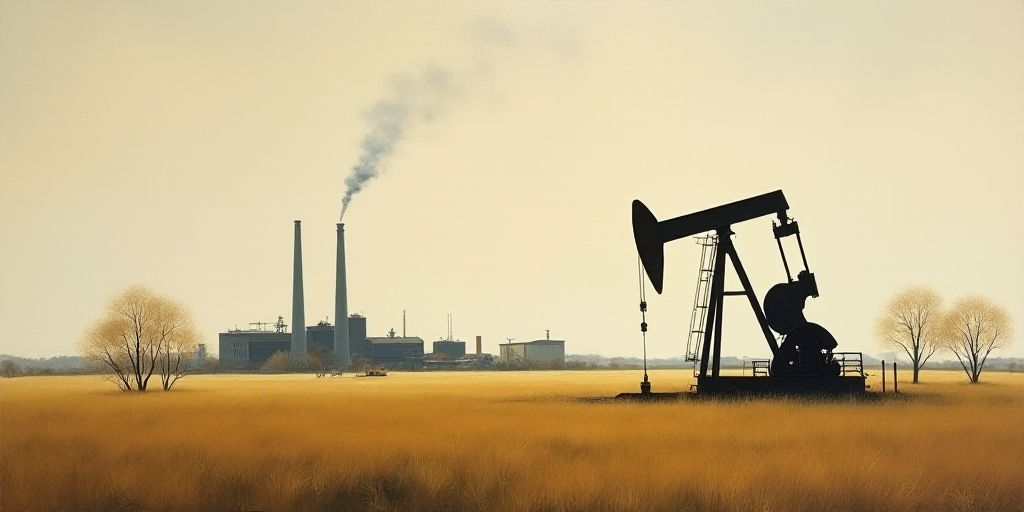Introduction
In today’s rapidly changing world, economies face tough decisions, much like choosing between a watermelon or cucumber. The global negotiation led by the Trump administration is applying significant pressure in trade terms, leaving many countries to ponder their options.
The US-China Economic Landscape
The United States and China are the world’s economic powerhouses, with their intertwined economies fostering prosperity for numerous supply chain participants. However, China has strategically established protective zones to fuel its future growth. As we enter the second administration of President Trump, the focus has been on decoupling, as outlined in his 2025 initiative. The gap between the two economies has narrowed rapidly, and the next five years promise further decoupling if the current White House plan takes shape.
Commodity Cycles and Their Impact
The ongoing trade tensions have implications for commodity prices. The surge in US oil production has led to lower prices, but American oil regions are facing challenges due to high capacity utilization. Oil prices are currently close to extraction costs, a situation reminiscent of the past when low oil prices forced “shale oil” producers to shut down wells.
The Organization of the Petroleum Exporting Countries (OPEC) has witnessed similar scenarios before. Low energy prices act as a deflationary force, influencing the Federal Reserve’s monetary policy. The US faces higher interest rates compared to the next ten G10 economies, making it difficult for the Fed to navigate inflation concerns amidst trade pressures.
Agricultural Cycles and Their Significance
The current agricultural production cycle in the US is off to a strong start. Periodic rains following an aggressive planting season suggest more of the same, with warm temperatures and no extreme weather events on the horizon. Such conditions haven’t been seen in a long time, and we’re quickly approaching the peak of July when corn flowering will determine yields.
American farmers will soon be overflowing with grain but short on trade opportunities if China doesn’t re-engage meaningfully. This brings us back to the beginning – a vicious cycle of trade tensions, US-China relations, and price volatility.
Key Questions and Answers
- Q: What are the main economic players in this scenario? The United States and China are central to this narrative, with their interconnected economies facing decoupling pressures.
- Q: How do commodity cycles affect these economies? Lower oil prices due to increased US production and agricultural surpluses create both opportunities and challenges for these economies.
- Q: What role does the Federal Reserve play in this context? The Fed must balance inflation concerns with the deflationary impact of low commodity prices, all while navigating trade-related market uncertainties.
- Q: How do agricultural conditions influence the situation? Favorable weather patterns and strong agricultural starts can lead to surpluses, but trade tensions may limit the benefits.






